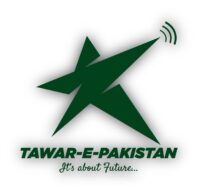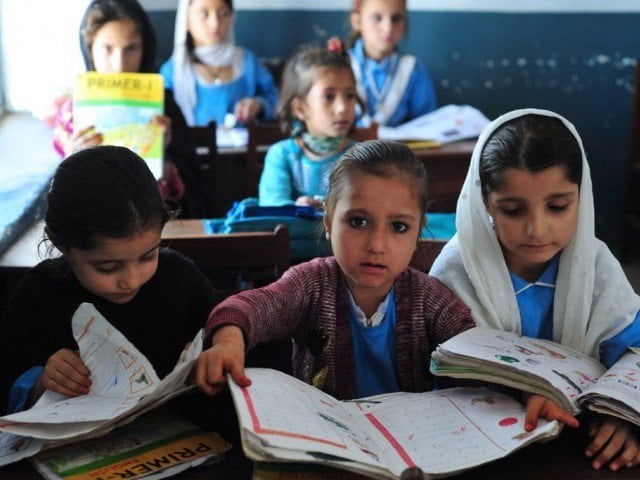Children’s Learning Levels Are Declining, According to a Sindh Education Report
An annual report that was released in 2023 revealed alarming trends. In Sindh education system, including a continuous drop. In children’s learning levels in spite of higher enrolment rates.
The COVID-19 pandemic and the 2022 floods continued to cause learning losses. According to the Annual Status of Education Report (ASER). In comparison to 2019, the report showed that learning levels stayed low. And kept declining over time.
Syed Sardar Shah, the minister of education, was the main guest at the report’s launch. The main objective of the ASER report is to assess. The province’s five to sixteen-year-old students’ basic literacy and numeracy.
The substantial rise in enrolment rates for both early childhood education (ECE). And students aged 6 to 16 was one of the report’s main highlights. The spike in enrollment, which reached 86% for students aged 6 to 16, shows. That Sindh’s demand for education is on the rise.
Although enrollment rates have improved, the report identified a number of obstacles. In rural areas, there has been a noticeable shift toward private schooling; from 6% in 2021 to 12% in 2023. This percentage has increased. However, the majority of students aged six to sixteen (88%). Are still enrolled in government schools.
Why There Is Enrolment Rate Difference in Sindh Education?

There are still gender differences in enrolment rates. With girls falling short of boys, particularly in the lowest quartiles. Furthermore, there has been a decline in learning levels. Especially in rural Sindh, where fifth graders’ reading comprehension. And math skills have declined.
The report also highlighted how climate change affects education. Noting that only 18% of households said they were aware of the issue. The psychological health of households has been significantly impacted by natural disasters. Underscoring the necessity of climate-resilient educational approaches.
ASER also offered information on the resources and infrastructure. That Sindhi schools are using. Floods in recent years have resulted in a decline in basic facilities. Including clean drinking water and sanitation, in government schools. Despite improvements in teacher attendance.
To sum up, the ASER report is a call to action for stakeholders and policymakers. To tackle the issues that Sindh’s education sector is facing. In order to guarantee that all children in the province receive. An inclusive and high-quality education, efforts must be made. To enhance learning outcomes and close gender gaps.


Comments are closed, but trackbacks and pingbacks are open.